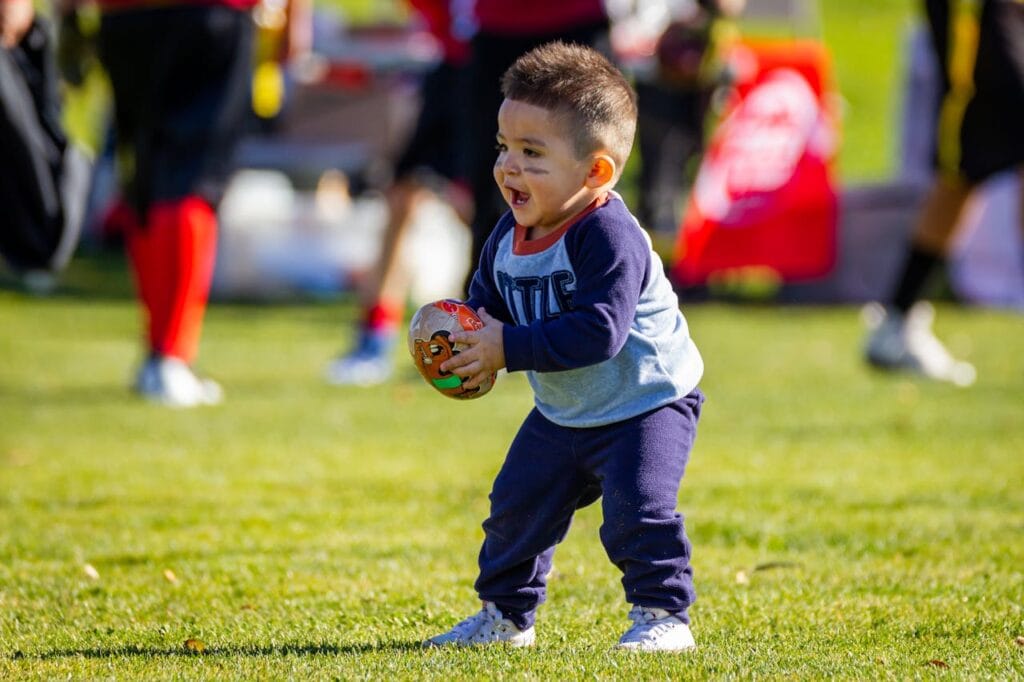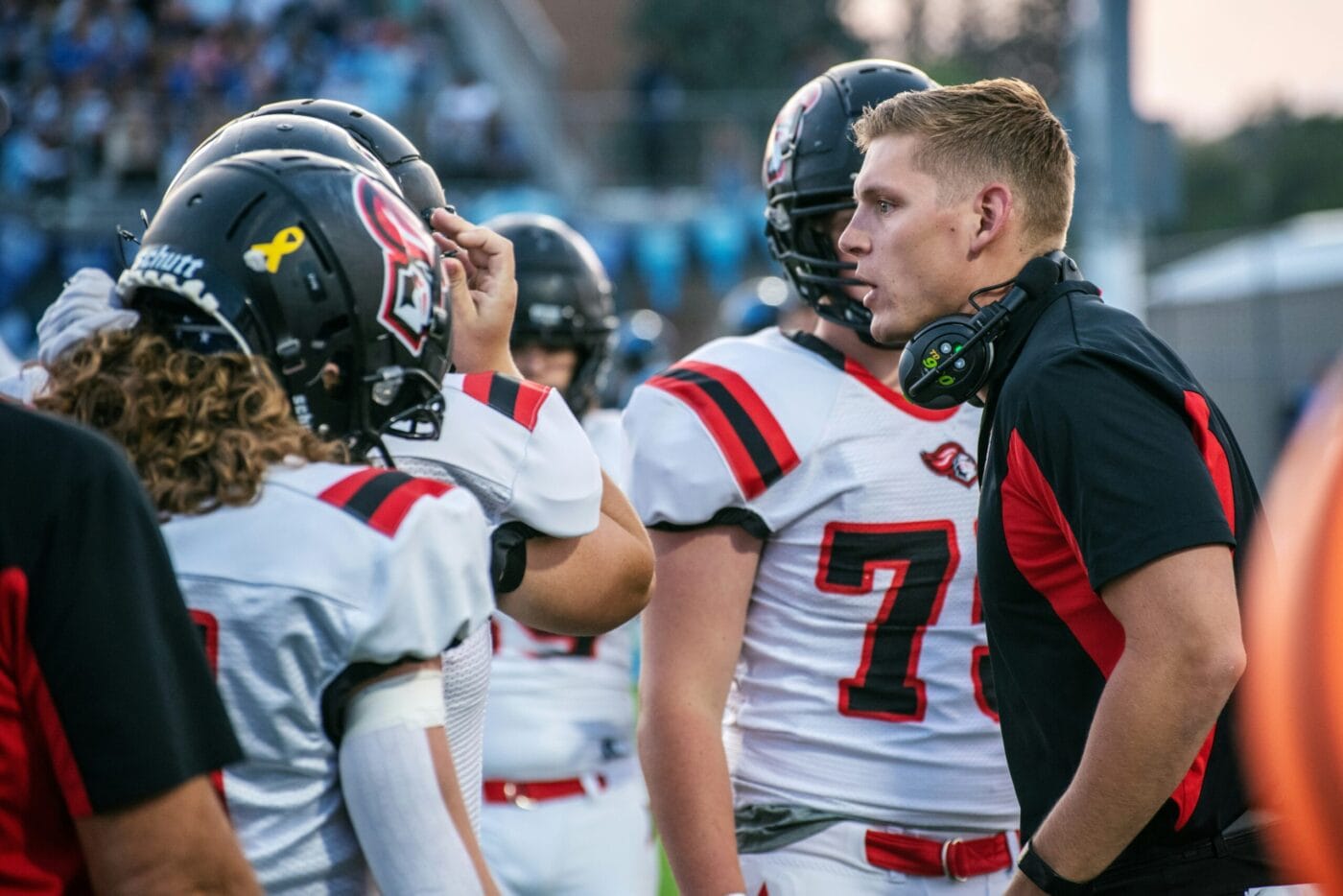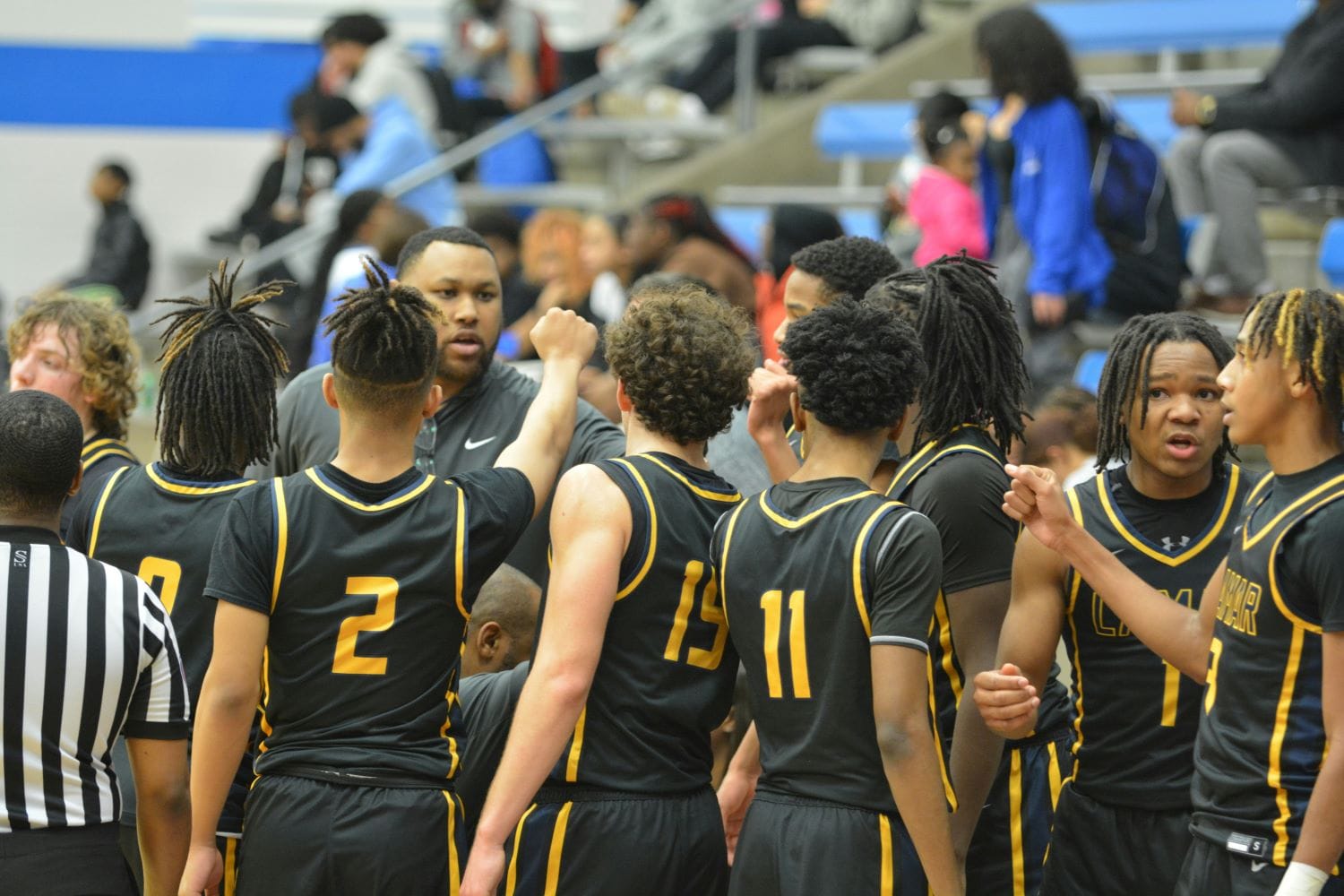
Introduction to Coordination and Timing in Child Development
Activities that build coordination and timing are critical to young children’s physical and cognitive development. These skills help them master everyday activities, from running and jumping to catching a ball or threading a needle. Through play and interaction, children develop these abilities, which not only enhance their motor skills but also build social connections and confidence.
During early childhood, natural curiosity drives kids to explore their environment. Activities like balloon play or group games help refine and build hand-eye coordination and muscle control. These fun exercises also promote cognitive growth by teaching children to judge distances, anticipate movements, and react to changes—all crucial for development.
By fostering coordination and timing early, you lay a foundation for future physical success. Confident movers are more likely to participate in sports and maintain active lifestyles, forming habits that support long-term health and well-being.
Why Balloons Are Perfect for Skill Development
Balloons are excellent tools for teaching coordination and timing. Their lightweight, unpredictable movements encourage children to adapt and adjust, improving gross motor skills and problem-solving abilities. Plus, balloons are visually engaging and come in a variety of colors, making activities exciting and stimulating for young learners.
The affordability and accessibility of balloons make them an ideal resource for parents, educators, and coaches. With proper supervision and adherence to safety guidelines, balloons offer endless opportunities for skill-building at minimal cost.
Fun Balloon Activities to Build Coordination and Timing
Incorporating balloons into playtime is an engaging way to develop essential skills. Try these activities:
- Balloon Bouncing: Children keep a balloon in the air using their hands. Add challenges by switching to different body parts like feet, elbows, or heads to enhance spatial awareness.
- Balloon Relay Races: Kids balance a balloon on a spoon while racing to a finish line. This game improves timing, balance, and focus under pressure.
- Balloon Volleyball: Set up a net using a rope and let kids hit the balloon back and forth. This game sharpens hand-eye coordination and teamwork while keeping things fun and dynamic.
These activities can be modified based on a child’s age or skill level, ensuring everyone can join in and benefit.
Evaluating Progress and Encouraging Growth
Monitoring progress helps keep children motivated and ensures steady improvement. Use tools like a progress journal or observation checklists to track milestones, such as catching or keeping a balloon afloat for longer durations. Just have fun with it and keep adding variations to track.
Celebrate every success, no matter how small, with praise or rewards to build confidence and enthusiasm. Establishing a routine with regular balloon play keeps activities consistent and engaging. Add variety by introducing new challenges, like juggling multiple balloons or playing with friends, to keep kids excited about improving their skills.
By integrating these fun, low-cost activities into a child’s routine, you’re setting the stage for lifelong physical activity and healthy development.
Most importantly, it’s FUN! Finding ways to make child development fun is where we shine at Ball to Life! Building a love for activity is our goal to help kids lead healthy lives through adulthood.
BtL
Subscribe to our email list to get our content direct to your inbox!
Follow us on Facebook, Twitter, Instagram and TikTok
To learn more about Ball to Life and our mission, click here.

